Soybean By-products
Our soybean by-products are products from the annual legume of the pea family (Fabaceae) and its edible seed. The soybean (Glycine max), is economically the most important bean in the world, providing vegetable protein for millions of people and ingredients for hundreds of chemical products.
Plant Characteristics
- The soybean is an erect branching plant and can reach more than 2 metres (6.5 feet) in height.
- The self-fertilizing flowers are white or a shade of purple.
- Seeds can be yellow, green, brown, black, or bicoloured, though most commercial varieties have brown or tan seeds, with one to four seeds per pod.
- The soybean thrives in warm, fertile, well-drained, sandy loam.
Soybean by-products
Modern research has led to a remarkable variety of uses for the soybean.
- Its oil can be processed into margarine and vegetarian cheese. Industrially, the oil is used as an ingredient in paints, adhesives.
- Oil can be extracted from soybeans by the application of pressure, which is referred to as expeller or mechanical extraction, or by solvent extraction. Most commercial feeds use solvent-extracted soybean meal.
- Soybean meal serves as a high-protein meat substitute in many food products and animal feed compounding. it can also be imparted with a meatlike texture for increasing the cooked yield of ground meats.
- Soybean meal is the dominant protein supplement used in poultry diets and is the standard to which alternative protein sources are compared. Soybeans can be fed to poultry whole or as soybean meal, a by-product of oil extraction.
- Only the mechanically extracted soybean meal can be used in organic poultry diets.
- Soybean meal has a high protein content, especially when compared to other plant protein sources.
- Soybean meal also has an excellent amino acid profile that complements that of corn, the primary energy source in poultry diets.
Soybean derivatives: composition
| INGREDIENT | DM | ENERGY | CP | EE | CF | Ca | Met | Lys |
|---|---|---|---|---|---|---|---|---|
| Soybeans, full-fat, cooked | 90 | 3350 | 38.0 | 18.0 | 5.0 | 0.25 | 0.54 | 2.40 |
| Soybean meal, expeller | 89 | 2420 | 42.0 | 3.5 | 6.5 | 0.20 | 0.60 | 2.70 |
| Soybean meal, solvent | 90 | 2240 | 44.0 | 0.5 | 7.0 | 0.25 | 0.65 | 2.70 |
| Soybean meal, dehulled, solvent | 88 | 2425 | 47.8 | 1.0 | 3.0 | 0.31 | 0.70 | 3.02 |
DM = Dry matter, %; Energy = kcal/kg; CP = crude protein, %; EE = Crude fat (ether extract), %; CF = Crude fiber, %; Ca = Calcium, %; Met = Methionine, %; Lys = Lysine, %
Vegetable Oils
Soybeans have a relatively high oil content at around 20% oil. Approximately 85% of soybeans grown around the world are used to make vegetable oils that are either sold to consumers or used commercially.

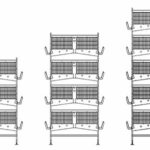



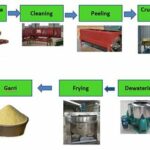

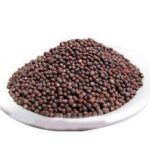





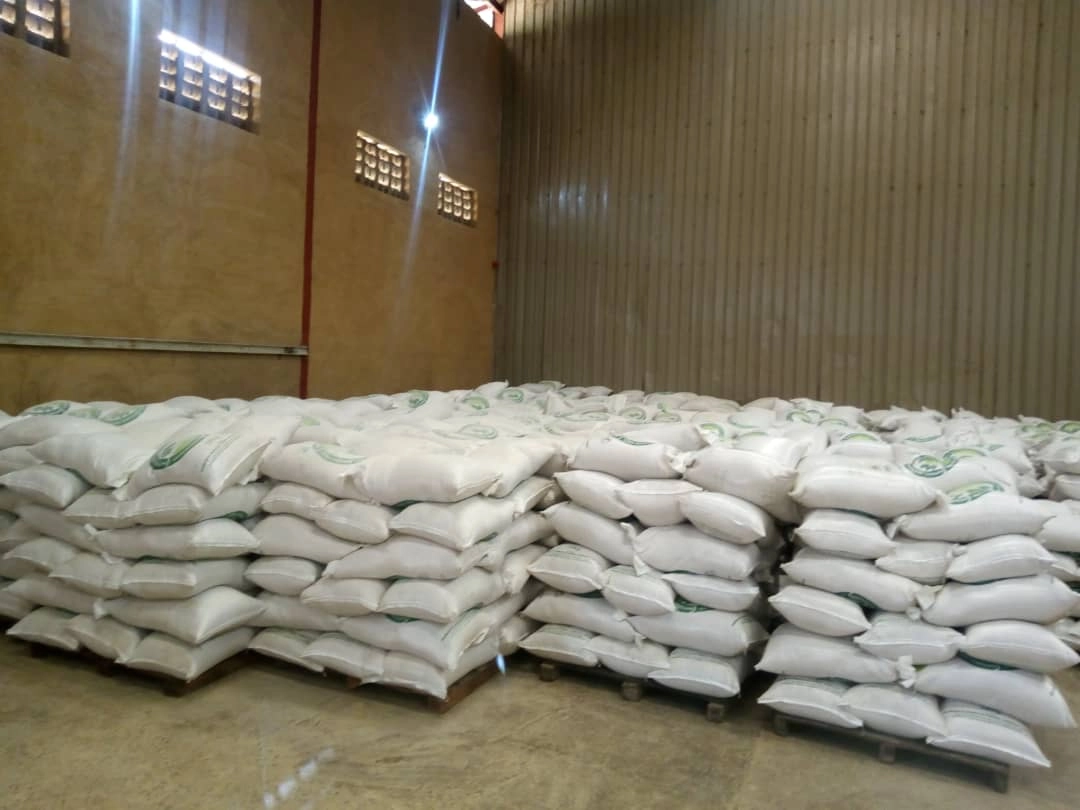

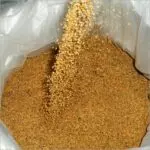
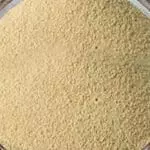
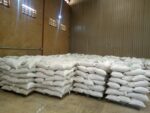




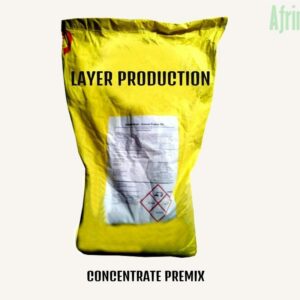
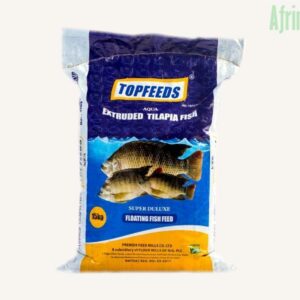
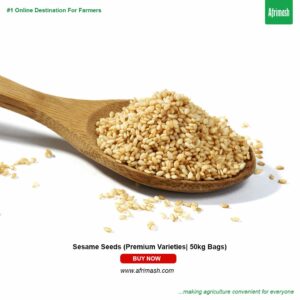

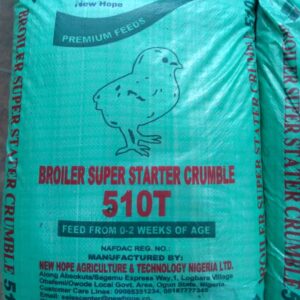

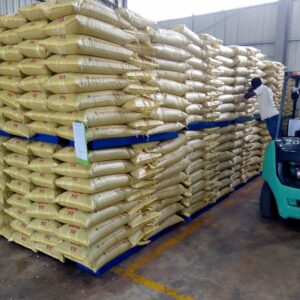
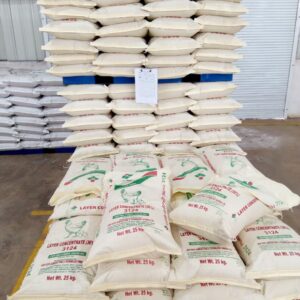
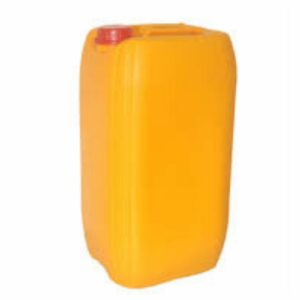
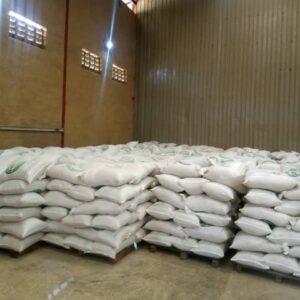
Reviews
Clear filtersThere are no reviews yet.